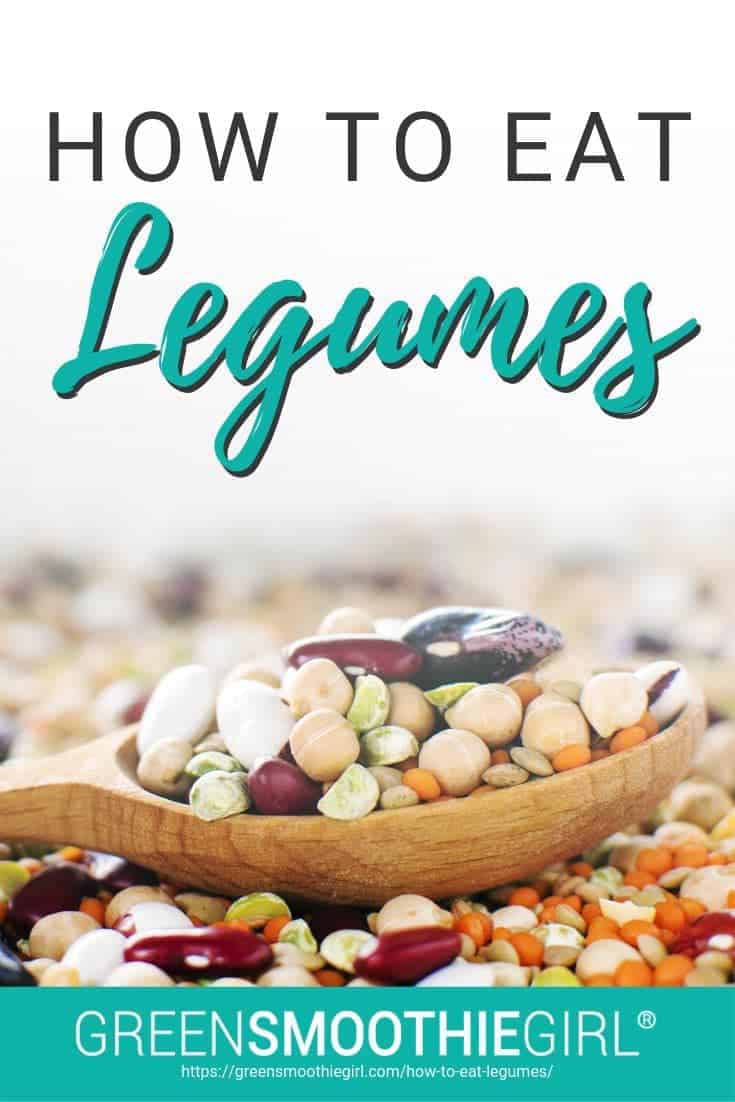
Today’s topic: NUTRITION DURING PREGNANCY.
 Remember, what you’re eating when you’re pregnant is also contributing to healthy blood, bones, tissues, and organs—or not.
Remember, what you’re eating when you’re pregnant is also contributing to healthy blood, bones, tissues, and organs—or not.
It’s so painful for me to remember back to eating 7-11 nachos, Diet Coke, a Special Burger and fries (extra fry sauce!) at lunch, and Ben & Jerry’s after dinner, throughout my first pregnancy. I didn’t know any better. I assumed my body was making good fuel for my baby, out of the bad fuel I fed myself—as illogical as that is.
I imagine that’s why I not only gained 65 lbs., but it’s also why my baby developed significant auto-immune problems in his first year of life. With my later pregnancies, I was learning and implementing good nutrition strategies, and the babies were FAR healthier.
My last baby was (and still is, at age 12) completely healthy—never once a bacterial infection of any kind, never any antibiotics or meds or even doctor visits. The labor and delivery got easier, too, when I ate the right foods throughout the pregnancy and gained only 35 lbs. instead of 65!
I can’t even count how many times a 12 Steps to Whole Foods young mom has talked to me after a class I teach, and told me this:
“I’m so thrilled that I changed my diet to eat whole foods, because this last pregnancy has been my easiest and healthiest!”
I’ve had many moms tell me about major complications they had during their earlier pregnancies, while they were eating the Standard American Diet, and how all that changed when they embraced whole-foods fuel.
One mother in Texas told me that with her first 4 children, she was on bed rest, with terrible edema, and pre-eclampsia. As she told me this, she was 9 months pregnant, and beaming ear to ear. She said, “This is my first problem-free pregnancy. I’m about to deliver, and I’m so excited I learned all about whole foods from you.”
My diet now is the diet I would eat if I were pregnant again. The “pregnancy diet” is no different than the ideal diet for life.
It’s high in greens, in vegetables, and in fruits—80% of more of them raw. I also eat cooked legumes (beans, split peas, lentils), and whole grains (organic quinoa, whole wheat, rolled oats or oat groats, spelt, Kamut, buckwheat, millet—most of them sprouted before they are baked at low temperatures). I buy sprouted-grain (whole grain only) bread or English muffins or tortillas at the health food store. But I also make my own granola.
 I eat nuts and seeds every day, some of them sprouted, many of them rich sources of essential fatty acids. I soak and dehydrate nuts and seeds to add to my granola.
I eat nuts and seeds every day, some of them sprouted, many of them rich sources of essential fatty acids. I soak and dehydrate nuts and seeds to add to my granola.
I use coconut oil on my skin and in occasional baking, for medium-chain triglycerides. I always have a quart of green smoothie a day. Most days, I also have a glass of vegetable juice, although at many points in my life, I’ve not had the time to make juice, and now I hire someone to do it.
I choose big salads in restaurants. I don’t eat refined sugar, ever, nor do I ever drink soda, or eat processed meats, or pork or beef. I eat a 95 percent plant-based diet, and I keep refined foods or animal products at 5 percent or less.
While I was having my babies, I was learning how to do all that. It was new to me then—it is habit now. I didn’t give up sugar cold-turkey back then. I had fits and starts in dealing with my addiction.
My changes involved bucking “the system.” Lots of systems, in fact. The medical system. The social system of parties and barbecues and family events and Easter and Halloween and Christmas. The church system of keeping kids quiet in nursery and later, in class, with junk food. The family system of generations of “comfort foods” that contributed to my babies’ health problems. It wasn’t easy. But it was one of the BEST THINGS I’VE EVER DONE. I’ve never looked back, and I have absolutely zero regret.
What I did HAD TO BE DONE.
So, what I’ve just described my diet being now is a great diet for a pregnant or nursing mom. It’s a terrible idea for a pregnant mom to eat a diet high in refined carbs. The baby does need good protein for brain health, and overall for building. There’s plenty of protein in nuts, seeds, legumes, grains, and greens.
If you avoid those good food categories, eating a vegan diet, you’re likely to develop dental problems, blood sugar issues, and fatigue-related disorders. If you want more protein, I suggest a scoop of our whole-food, vegan protein powder added to your green smoothies.
Doctors tell women to eat lots of protein, and everyone’s first thought with protein is meat and dairy. Those are “perfect proteins,” to be sure. But “perfect” doesn’t meant “better”—it just mean it is protein the body doesn’t have to assemble from amino acids, because it matches human flesh very closely. Protein from greens, seeds, legumes, grains, and nuts is protein the body has to work harder to build muscle with. But it’s far more durable muscle mass.
Always eat protein when you’re eating sugars. For instance, if you have a green smoothie and yours is high in fruits, eat a handful of almonds, too, or a bowl of lentil or split pea soup. Or add a scoop of protein powder. I make my green smoothies as high in greens, and as low in fruits, as I can tolerate. Slow down and regulate impact on blood sugar, by eating FIBER and QUALITY PROTEIN. This is how you can, with lifelong habits, avoid insulin problems and eventual diabetes, which currently most of our population is heading toward.
Don’t undertake a major, radical detox program while you’re pregnant or in the first year of nursing. As toxins range your body, on their way out, they flush through a developing fetus, and through your breast milk, as well.
Again, don’t take my advice in lieu of competent practitioner care and counsel.
Tomorrow, we talk once again about WHAT TO DO ABOUT PICKY KIDS.
The post Nutrition for pregnant moms, babies, toddlers…..part 4 of 5 appeared first on GreenSmoothieGirl.

 Phytic acid is found naturally (in varying degrees) in most grains, seeds, legumes, and nuts, but our bodies don’t produce the enzyme to metabolize and absorb it.
Phytic acid is found naturally (in varying degrees) in most grains, seeds, legumes, and nuts, but our bodies don’t produce the enzyme to metabolize and absorb it. In his book
In his book  Purines are necessary and good, but in concentrated amounts can cause problems for people with gout and a few other very specific illnesses.
Purines are necessary and good, but in concentrated amounts can cause problems for people with gout and a few other very specific illnesses. True, it’s in apple seeds.
True, it’s in apple seeds. At issue is the claim that oxalates (found in foods like spinach, other leafy greens, vegetables, and nuts) can overaccumulate, causing kidney stones and other health problems.
At issue is the claim that oxalates (found in foods like spinach, other leafy greens, vegetables, and nuts) can overaccumulate, causing kidney stones and other health problems. (I’m referring to broccoli, cabbage, and kale—the crucifers.) Let’s say we break down the many complex parts of the broccoli plant, over 100 beneficial compounds, and we find one that, when chemically isolated and in large amounts, could interfere with thyroid function–
(I’m referring to broccoli, cabbage, and kale—the crucifers.) Let’s say we break down the many complex parts of the broccoli plant, over 100 beneficial compounds, and we find one that, when chemically isolated and in large amounts, could interfere with thyroid function–


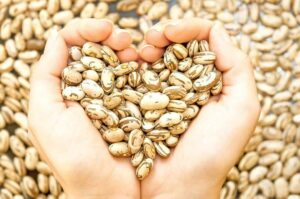
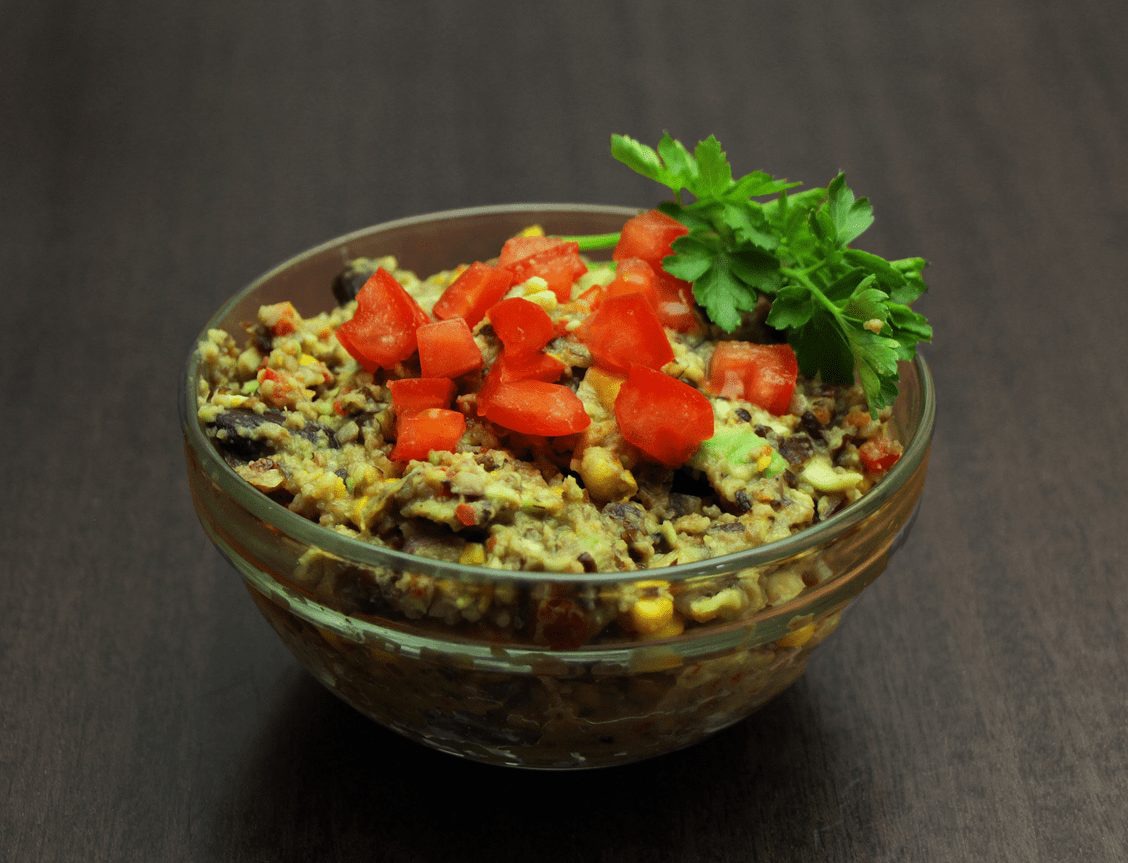

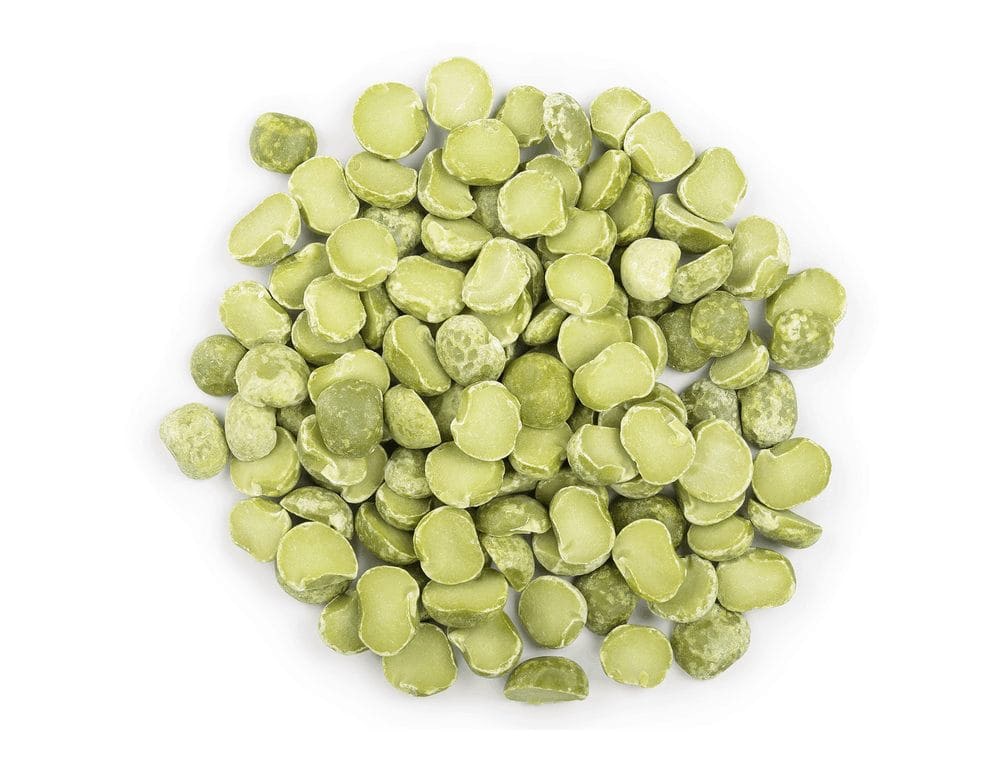

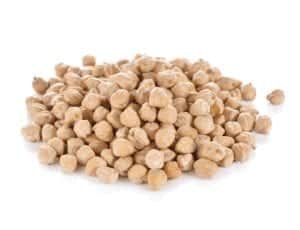
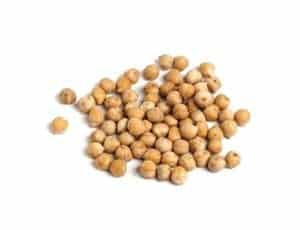

 Robyn Openshaw, MSW,
Robyn Openshaw, MSW,